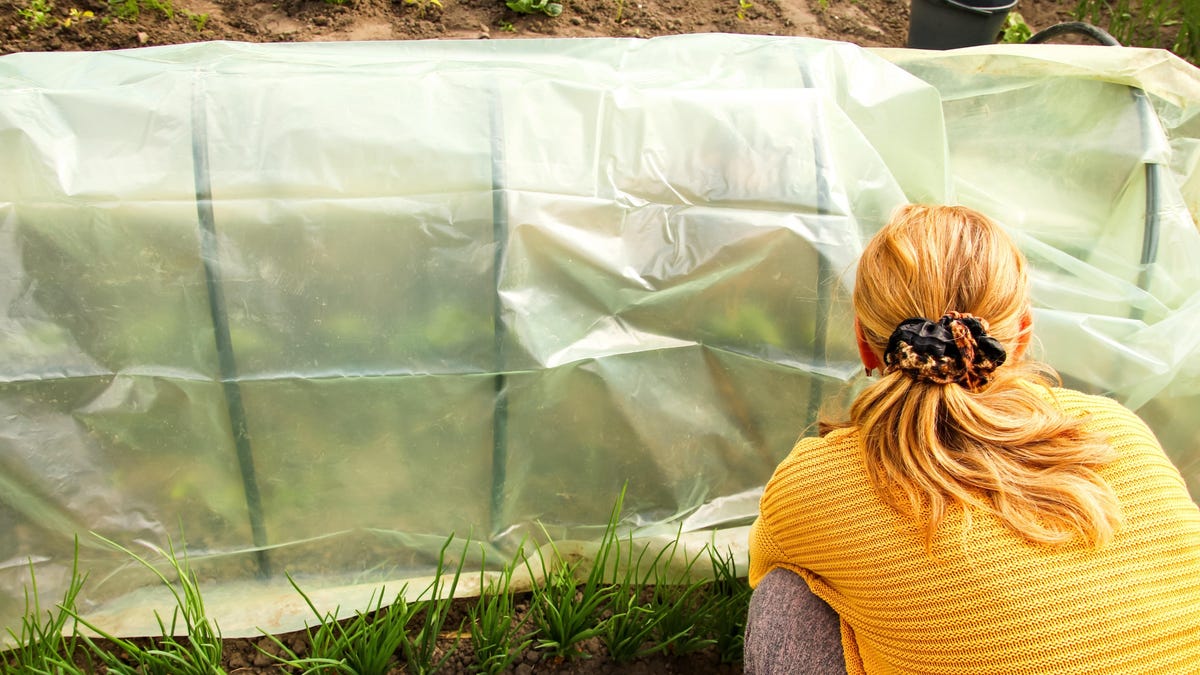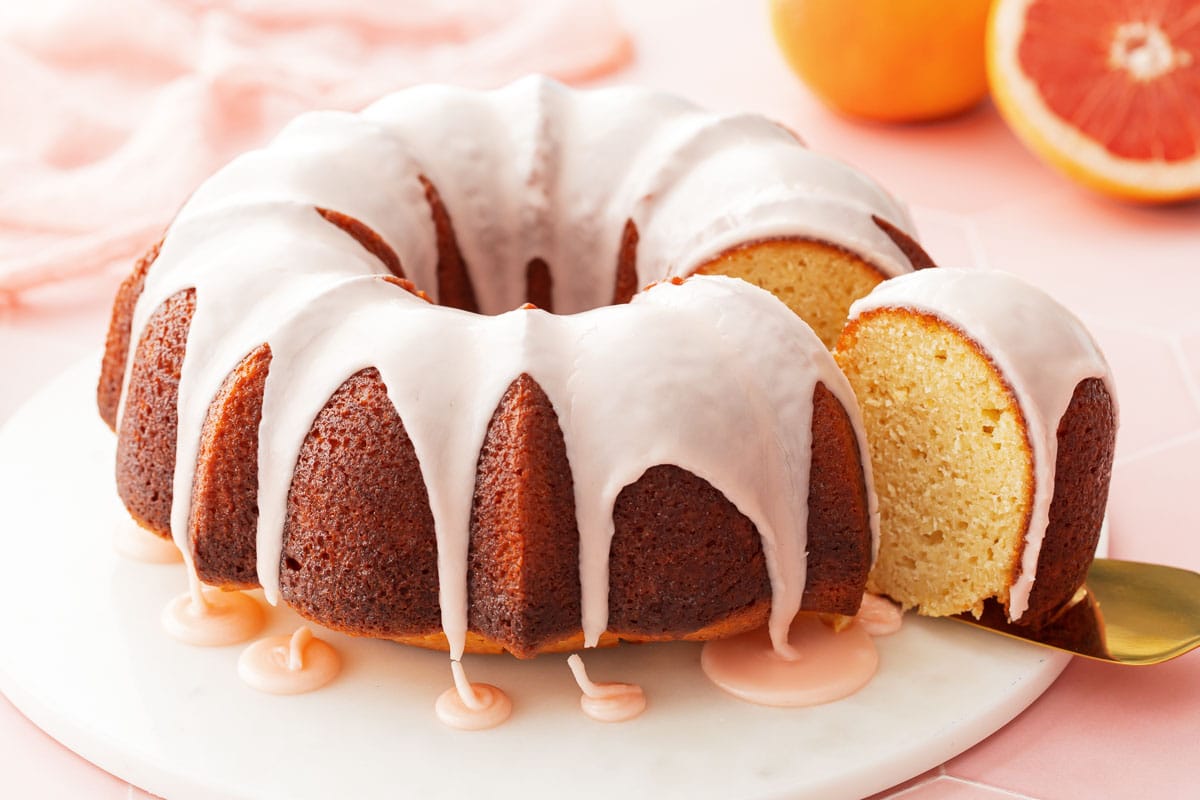The Best Way to Insulate Your Soil Now so You Can Plant Earlier in the Spring
Come late winter in my garden, I’m like an Olympic swimmer hanging over the starting block: I have ordered the seeds, plotted the beds, started the starts, and I’m waiting eagerly to plant all the things. Unfortunately, the gardener’s...

Come late winter in my garden, I’m like an Olympic swimmer hanging over the starting block: I have ordered the seeds, plotted the beds, started the starts, and I’m waiting eagerly to plant all the things. Unfortunately, the gardener’s starting—the weather—is often uncooperative, and I spend a month or two in limbo, waiting for that magical 60 degree soil temperature, so I can finally dive in.
But what if you could sidestep the weather entirely—not just in the early spring, even into the fall and winter? You can, by insulating your garden beds.
Make a mini-greenhouse for your garden beds
Your garden beds are exposed to the weather, but you can create a mini-greenhouse over your beds that will help insulate them from rain, snow, and the cold. Backyard greenhouses come in all different designs. One you may be familiar with is the “high tunnel,” which is just huge steel hoops placed in a row and covered in heavy duty plastic. Over the winter, your garden beds will benefit from a “low tunnel.”
Extend fall and start early in spring, but with realistic expectations
A “low tunnel” is a smaller version of the high tunnel, and you can construct one very cheaply over each of your beds using PVC, plastic sheeting, and Agribond. While you might be tempted to build a high tunnel to extend the life of your crops a few more weeks, a low tunnel is easier to properly support and will better withstand the winter elements (snow, wind, the cat next door who realizes you now have a new warm spot to sleep).
Also, while a low tunnel can help insulated and protect your plants, it’s not enough to make up the difference between what’s going on outside in December and the conditions tomato plants need to thrive. But if it can’t work miracles, a low tunnel can keep the ground protected enough to let you get your peppers and tomatoes in the ground a few weeks earlier next spring, and to extend your season a little bit into fall.
How to build your low tunnels
Construction is easy. You’ll need galvanized pipe hangers, intended to strap a pipe to a wall; you’ll use them to strap a pipe to your garden beds. On the inside of your beds, attach two pipe hangers, stacked vertically about eight inches apart. Attach them using construction screws or something else appropriately strong. Place matching sets on either side of the bed, the long way—one set at each end, and then sets in between, every two and a half feet or so.
Next, you’ll need to bend pieces of ½” PVC pipe (which is very flexible) into hoops, slotting the ends into each matched set of brackets on your garden bed. The length of pipe you’ll need depends on how wide your beds are: For a four foot wide bed, a ten foot length is perfect. For a three food wide bed, cut the PVC to eight feet, and for a two foot wide bed, six feet.
Now that you have a series of hoops, you’ll need a cross brace across the top. For this, you’ll need another piece of PVC pipe as long as the bed. Use cross connectors to clamp it to each hoop. It’ll hang below the hoops, but stabilize the entire structure.
Start in fall, finish in spring
Believe it or not, this is all you need to do in the fall. The hoops can stay up all winter, and you don’t need to cover them until late winter or early spring—aim for early-mid March. Once it’s time, break out some heavy plastic sheeting. It needs to be wide enough to stretch across the PVC frame width-wise with some to spare, and long enough to drape generously on the ground on either end. Use plastic clamps to attach the plastic to the PVC. Weigh down the edges of the plastic on all sides with bricks or something appropriately heavy. If you need to access the bed for any reason, you can flip up one side by unclamping the plastic.
If it’s really cold out, you can also use Agribond—an insulating fabric that will keep your bed warmer—as an additional layer of protection under the plastic. Just be sure to open the ends up during the daytime so air can circulate. When the season is over, unclamp and roll the plastic up from one end to the other to store it, and take down the PVC to use again next year.
In the future, you can put the hoops up every fall, as the pipe clamps will stay there year round. And you can put up plastic at the end of the growing season to extend it into the fall, too.

 AbJimroe
AbJimroe 
































